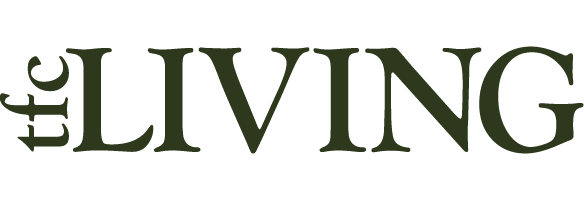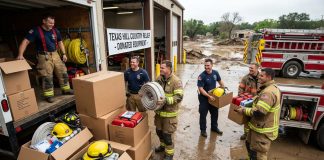This has been one of those years where rain has been both a blessing and a challenge. On the one hand, the frequent showers have pushed forage growth in pastures and meadows, allowing many producers to make more hay than they have in recent years. On the other hand, those same rains have made it difficult to find a good harvest window. Wet fields and high humidity have delayed cutting and curing, and as a result, a lot of this year’s hay has been baled a little later than we’d like.
That’s why testing your hay is so important. What looks like a barn full of good hay can vary widely in feeding value, and without a forage test, you’re really just guessing. Several forage testing laboratories offer inexpensive, research-based analysis that can tell you exactly what you have in your hay. With that information, you can stretch your hay supply, match it to the right class of livestock, and avoid costly supplementation mistakes this winter.
Two of the most important numbers to look at in a forage test are crude protein (CP) and total digestible nutrients (TDN). Crude protein is a measure of the nitrogen content of the forage and reflects its ability to meet livestock protein needs. TDN is an estimate of the energy available from that hay, and it often tells the bigger story when it comes to animal performance.
So, what are the standards to aim for? In bermudagrass hay cut at the right stage, CP values typically run from 10–14%, and TDN from 55–60%. Bahia hay usually comes in lower, around 8–10% CP and 50–55% TDN. Once hay gets overly mature, or if it was rained on during curing, those numbers can fall sharply. I’ve seen late-cut bermudagrass hay test well under 7% CP and far below 50% TDN. That’s basically just cow “filler”—it may keep an animal’s stomach full, but it won’t maintain weight without additional supplementation.
For comparison, a dry cow in mid-gestation may only need hay testing 7–8% CP and 50% TDN. But a lactating cow or a growing calf requires much higher levels—closer to 11% CP and 60% TDN. That’s why knowing your hay’s nutrient content is critical. You can feed the lower-quality hay to cows with lesser requirements, and save your better hay for calves, heifers, or cows after calving.
Getting your hay tested is relatively simple. My favorite forage laboratory with the quickest turn-around is Dairy One. You’ll need to take cores from several bales from a cutting, mix them, and send a representative sample to the lab. You can print off a submission form from their website or drop by our office to pick one up. In as little as a day or two after Dairy One receives your sample, you can have the results emailed immediately to you and that can guide your feeding program all winter long.
The bottom line: don’t assume this year’s hay is “good enough.” With the rain we’ve had, chances are you have both excellent hay and some that is only fair. A forage test takes the guesswork out and ensures your cattle get what they need without overspending on supplements. It’s a small investment of $29 now that can pay big dividends in herd performance later.








